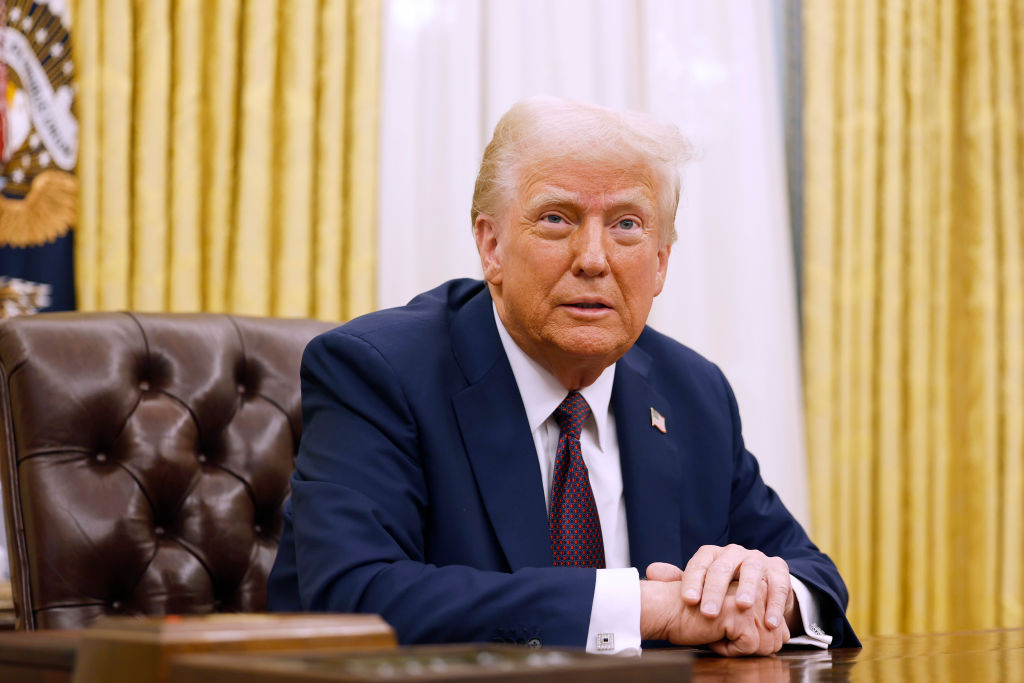The Vexing Dilemma of the Housing Market
It will be years before most of America sees gains in home prices again that match historic norms. There are too many problems to resolve.

The country’s persistent housing woes have Washington flummoxed. Some four years after home prices started to plunge, they continue to sink, and foreclosures to rise. As a result, the building and real estate industries remain sluggish, and consumers…skittish.
There simply is no “fix” for the housing market, and new policy questions are just making matters worse. Mortgage modification programs have proved to be of very limited help. Relatively few homeowners are being assisted, and many of those who do manage to get their loans restructured only wind up defaulting again. State probes into banks’ shoddy paperwork on foreclosures are also postponing the market adjustment that’s needed. Banks, litigators and regulators are at a stalemate, pushing the tidal wave of foreclosures — another 2 million this year, following 2 million in 2010 — further and further into the future.
The desire of policymakers for long-term financial reforms is complicating matters even more and adding to the short-term market pain. Bank regulators want tighter lending rules — making permanent the requirement for down payments of at least 20% and setting high income and credit hurdles in an attempt to prevent a recurrence of the recent boom and bust. But that kind of permanent tightening would bar many potential home buyers from getting financing and further crimp the market.

Sign up for Kiplinger’s Free E-Newsletters
Profit and prosper with the best of expert advice on investing, taxes, retirement, personal finance and more - straight to your e-mail.
Profit and prosper with the best of expert advice - straight to your e-mail.
In addition, most in Congress want to curb Fannie Mae and Freddie Mac, the quasi-governmental mortgage companies, arguing that the giant duo risked too much taxpayer money on iffy mortgages. But doing so at this point would bring new risks to a still fragile financial system. As some reformers suggest, a gradual reduction in the maximum loan that could be backed by Fannie and Freddie might generate a private secondary market. But no one knows how quickly or smoothly it would come about. After all, investors, bankers, lawyers and others are still untangling the knots in the $2-trillion secondary market spawned during the most recent housing boom.
And the fact is, Fannie, Freddie and the Federal Housing Admin. back 90% of new mortgages today. Dramatic, swift reform of their operating rules would likely wind up weakening demand. It would surely limit options for lower-income buyers. As a result, the behind-the-scenes discussions that are going on now among key Senate and House members won’t move to the fore for a few more years. In the meantime, however, the uncertainty about what will happen keeps would-be home buyers and lenders on the edge.
Proposals to curb mortgage interest write-offs add to market anxiety. Although a long shot, such plans will get serious attention by federal budget cutters, given the volume of red ink to be sopped up. Just talking about cutting the deduction will give potential home buyers another reason to delay plunging into the market.
The bottom line: Time alone will cure the nation’s ailing housing market. It’ll be years before most of America sees historically normal gains in home prices again — the result of enormous overhanging supplies combined with constrained demand. And that’s one big reason this economic recovery will take a meandering path.
Get Kiplinger Today newsletter — free
Profit and prosper with the best of Kiplinger's advice on investing, taxes, retirement, personal finance and much more. Delivered daily. Enter your email in the box and click Sign Me Up.

-
 Stock Market Today: Stocks Gain on Tech, Auto Tariff Talk
Stock Market Today: Stocks Gain on Tech, Auto Tariff TalkThe Trump administration said late Friday that it will temporarily halt tariffs on some Chinese tech imports.
By Karee Venema
-
 Sam's Club Plans Aggressive Expansion: Discover Its New Locations
Sam's Club Plans Aggressive Expansion: Discover Its New LocationsSam's Club expansion plans will open up to 15 new stores each year. Learn where they plan to open in 2025.
By Sean Jackson
-
 The AI Doctor Coming to Read Your Test Results
The AI Doctor Coming to Read Your Test ResultsThe Kiplinger Letter There’s big opportunity for AI tools that analyze CAT scans, MRIs and other medical images. But there are also big challenges that human clinicians and tech companies will have to overcome.
By John Miley
-
 The New Space Age Takes Off
The New Space Age Takes OffThe Kiplinger Letter From fast broadband to SOS texting, space has never been more embedded in peoples’ lives. The future is even more exciting for rockets, satellites and emerging space tech.
By John Miley
-
 Rising AI Demand Stokes Undersea Investments
Rising AI Demand Stokes Undersea InvestmentsThe Kiplinger Letter As demand soars for AI, there’s a need to transport huge amounts of data across oceans. Tech giants have big plans for new submarine cables, including the longest ever.
By John Miley
-
 What DOGE is Doing Now
What DOGE is Doing NowThe Kiplinger Letter As Musk's DOGE pursues its ambitious agenda, uncertainty and legal challenges are mounting — causing frustration for Trump.
By Matthew Housiaux
-
 A Move Away From Free Trade
A Move Away From Free TradeThe Letter President Trump says long-term gain will be worth short-term pain, but the pain could be significant this year.
By David Payne
-
 Trump’s Whirlwind Month of Crypto Moves
Trump’s Whirlwind Month of Crypto MovesThe Kiplinger Letter The Trump administration wants to strengthen U.S. leadership in the cryptocurrency industry by providing regulatory clarity.
By Rodrigo Sermeño
-
 Donald Trump Tests His Limits
Donald Trump Tests His LimitsThe Kiplinger Letter President Encounters Legal Obstacles in Pursuit of Ambitious Agenda.
By Matthew Housiaux
-
 Another Down Year for Agriculture
Another Down Year for AgricultureThe Kiplinger Letter Farmers brace for falling incomes, widening trade deficits
By Matthew Housiaux